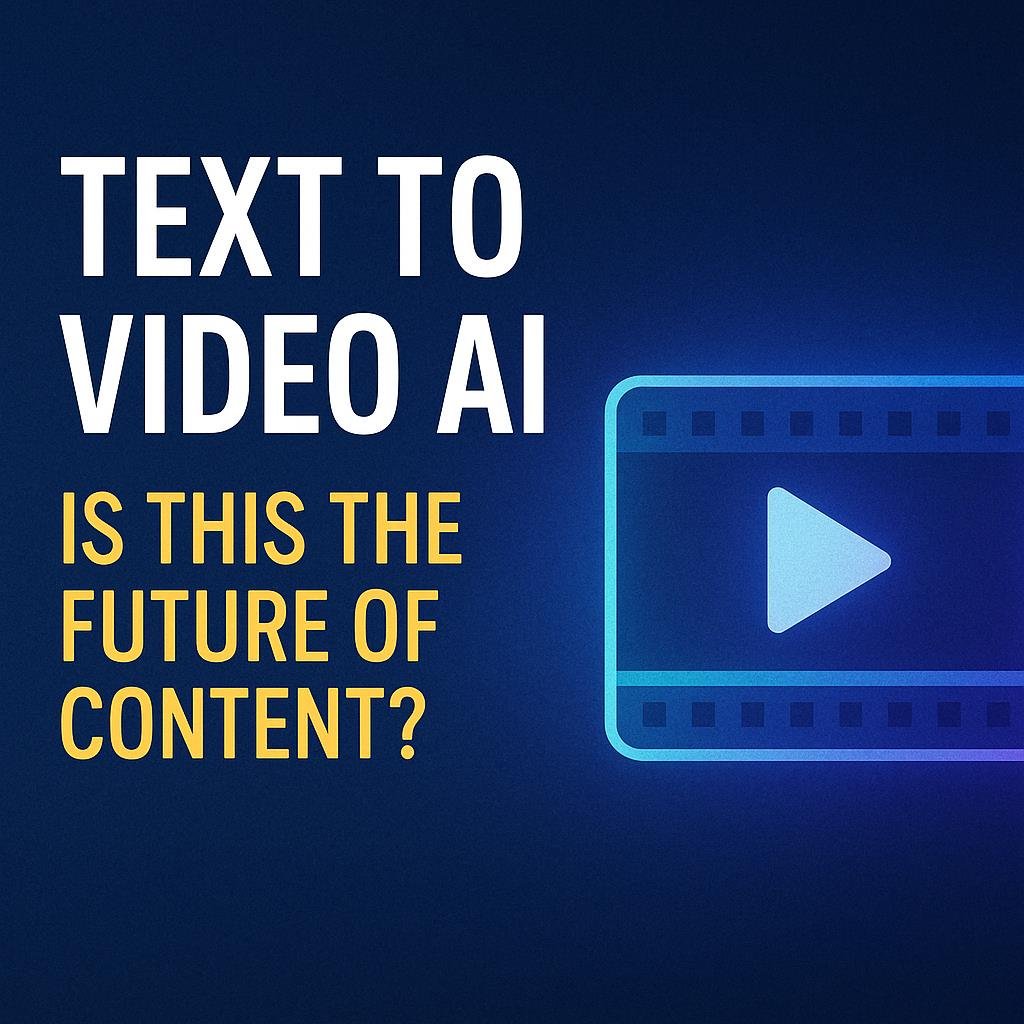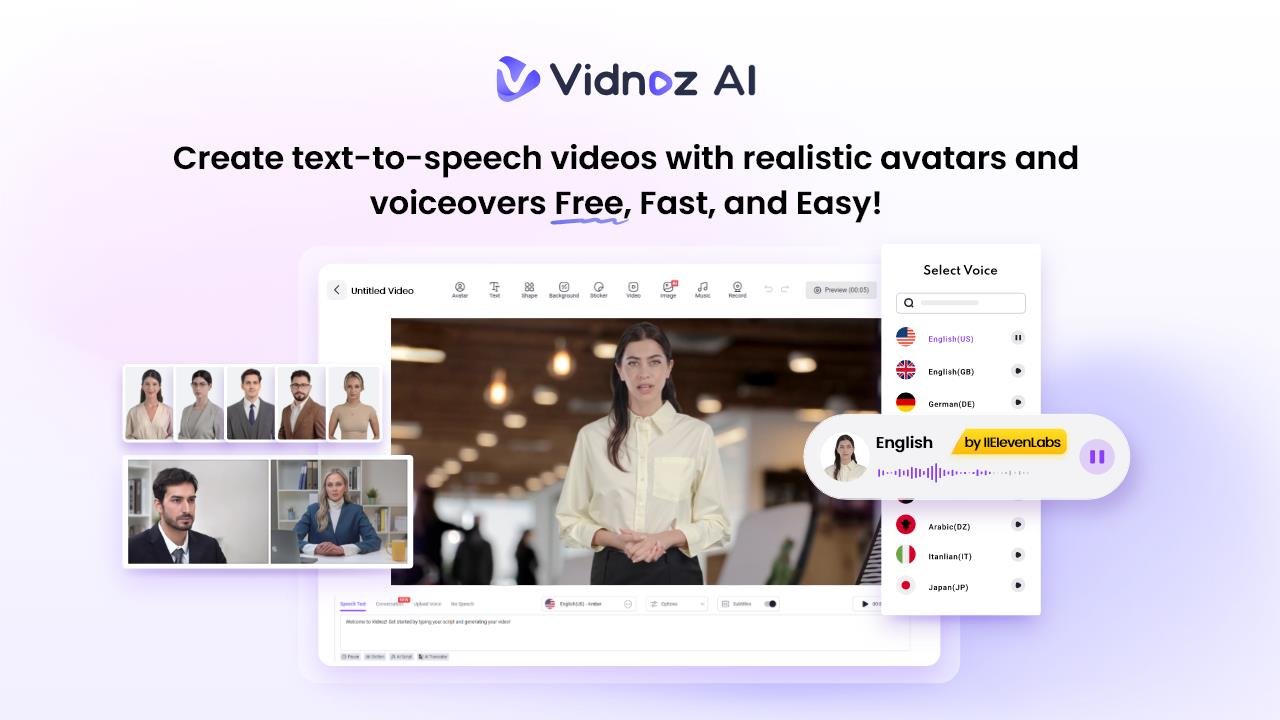The way you consume and create content is changing faster than ever before. With artificial intelligence steadily weaving itself into the fabric of media, communication, and marketing, a fascinating evolution is taking place. One of the most intriguing developments is the emergence of text to video AI, a technology designed to convert written text into engaging video content automatically.
As a content creator, marketer, or business owner, you might have noticed that traditional methods of video production are often time-consuming and costly. But AI is steadily shifting that paradigm, offering quicker, scalable solutions without compromising quality. Whether you’re an independent YouTuber, a digital marketing strategist, or a local bakery owner looking to showcase new items, the implications of this innovation could reshape how you engage with your audience.
The Growing Role of Video in Modern Communication
Videos have become essential across industries—from education and entertainment to advertising and internal corporate messaging. In the corporate world, video is increasingly used for employee onboarding, training modules, and executive updates. These videos not only save time but also enhance engagement, particularly in hybrid and remote work environments.
Local businesses, too, are recognizing the power of visual storytelling. A short, well-edited clip highlighting a seasonal menu, a customer testimonial, or behind-the-scenes moments can connect with customers more deeply than static images or text-based posts. With AI-powered tools simplifying the video creation process, even small business owners with minimal technical expertise can produce professional-looking content.
How Text-to-Video AI Tech Works
Now, imagine typing a product description or a blog post and having it automatically transformed into a video complete with animated visuals, music, voiceovers, and scene transitions—automatically. That’s the core function of text to video AI.
These tools use natural language processing (NLP) to understand your script, then select appropriate visuals and generate transitions, audio elements, and subtitles. Many platforms even allow you to choose the tone, pace, and visual theme, making the experience highly customizable.
When you’re creating videos regularly, be it product explainer clips, short films, or promotional content for social media, text to video AI can significantly reduce your production timeline. By lowering both creative and technical barriers, this technology empowers users of all skill levels to participate in visual storytelling.
Shaping Content for All Sectors
Text to video AI is particularly transformative for marketers. The shift toward short-form video content on platforms like Instagram, TikTok, and YouTube Shorts means brands need to keep up with consumer expectations. In this landscape, speed and frequency matter. AI-generated video content allows you to stay relevant by pushing out timely updates, seasonal promotions, or campaign variations in multiple formats.
For product-based businesses, these tools make it easier to test visual strategies—like different call-to-action placements or color themes—without the hassle of full re-edits. You can even A/B test your video ads more efficiently, using data to refine them in real time.
Content creators and virtual YouTubers (VTubers) are also tapping into the possibilities. AI is being used by some to create narrative sequences, animations, and backgrounds from scripts. As the line between reality and animation continues to blur, creators can experiment with new formats like AI-assisted short films or skits without needing large production teams.
Some AI platforms now come bundled with a free AI video generator app, giving you a cost-effective entry point to start experimenting. These apps are especially valuable if you’re in the early stages of branding or content testing, offering a solid foundation before scaling production.
The Future Looks Visual, Fast, and Automated
As you look ahead, it’s clear that text to video AI is poised to become a cornerstone of content strategy. This isn’t about replacing human creativity—rather, it augments your capabilities. You still provide the ideas, the brand voice, and the storytelling vision. AI simply gives you a faster way to bring those ideas to life.
Expect to see more integration with other technologies, too. Text to video solutions may soon connect seamlessly with analytics dashboards, content calendars, and even customer relationship management (CRM) tools. This would enable truly data-driven video creation that aligns with customer behavior, preferences, and real-time trends.
Furthermore, as generative AI improves in handling context, tone, and nuance, the videos it creates will become more emotionally resonant—closer to what a human team might produce but in a fraction of the time.
Conclusion
In a world where visual content reigns, the potential of text to video AI to democratize video production is undeniably powerful. It offers you new ways to create, share, and connect—whether you’re managing a global brand, building a local business, or growing a personal content platform.
By embracing this evolving technology, you place yourself at the forefront of a shift that’s shaping the very nature of digital communication. The future of content isn’t just visual; it’s intelligent, accessible, and fast—and you’re already a part of it.











